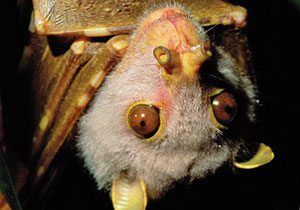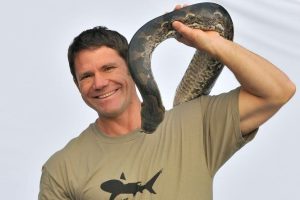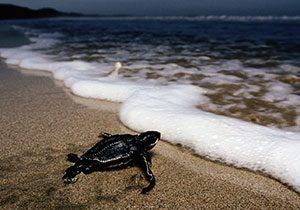
Habitat investigation: Science primary resource
Learn about the different creatures that live in or around a pond
This primary resource encourages children to understand more about pond life, and the kinds of habitat that this environment can provide to local wildlife. Discover which bugs can tell you about the quality of the water. How do you identify a damselfly? How many species of water beetle live in the fresh waters of the British Isles? What is the best tool for examining this environment?
Pupils will learn about different kinds of creatures that live in or around a pond and the conditions that they require of their habitat in our National Geographic Kids’ Science primary resource sheet.
The teaching resource can be used in study group tasks for discussion about what creatures live in a pond and whether they live in the pond all the time (Note: frogs and toads will only be in the pond when it is time to breed and rear young). It could be used as a printed handout for each pupil to use as reference for carrying out their own pond investigation with a net and tray. It could also be used on the interactive whiteboard for class discussion.
Activity: Ask children to take a look at what can be found in the school pond and record their results. If your school does not have a pond, children could research pond life online and look at photographs and videos of other school’s ponds.
N.B. The following information for mapping the resource documents to the school curriculum is specifically tailored to the English National Curriculum and Scottish Curriculum for Excellence. We are currently working to bring specifically tailored curriculum resource links for our other territories; including South Africa, Australia and New Zealand. If you have any queries about our upcoming curriculum resource links, please email: schools@ngkids.co.uk
This Science primary resource assists with teaching the following Key Stage 1 Science (Year 2) objectives from the National Curriculum:
Pupils should be taught to:
- identify that most living things live in habitats to which they are suited and describe how different habitats provide for the basic needs of different kinds of animals and plants, and how they depend on each other
- identify and name a variety of plants and animals in their habitats, including micro- habitats
National Curriculum Lower Key Stage 2 Science (Year 4) objectives:
Pupils should be taught to:
- recognise that living things can be grouped in a variety of ways
- explore and use classification keys to help group, identify and name a variety of living things in their local and wider environment
- recognise that environments can change and that this can sometimes pose dangers to living things.
Pupils should use the local environment throughout the year to raise and answer questions that help them to identify and study plants and animals in their habitat. They should identify how the habitat changes throughout the year.
This Science primary resource assists with teaching the following Sciences Early level objectives from the Scottish Curriculum for Excellence:
- I have observed living things in the environment over time and am becoming aware of how they depend on each other
Scottish Curriculum for Excellence Sciences Third level objectives:
- I can sample and identify living things from different habitats to compare their biodiversity and can suggest reasons for their distribution
Scottish Curriculum for Excellence Sciences Fourth level objectives:
- I understand how animal and plant species depend on each other and how living things are adapted for survival. I can predict the impact of population growth and natural hazards on biodiversity
Download primary resource
More Like

Meet Some Bonkers Bats!

Steve Backshall interview!

Leatherback turtle facts!









LEAVE A COMMENT
THANK YOU
Your comment will be checked and approved shortly.
WELL DONE,
YOUR COMMENT
HAS BEEN ADDED!
COMMENTS
CUSTOMIZE YOUR AVATAR